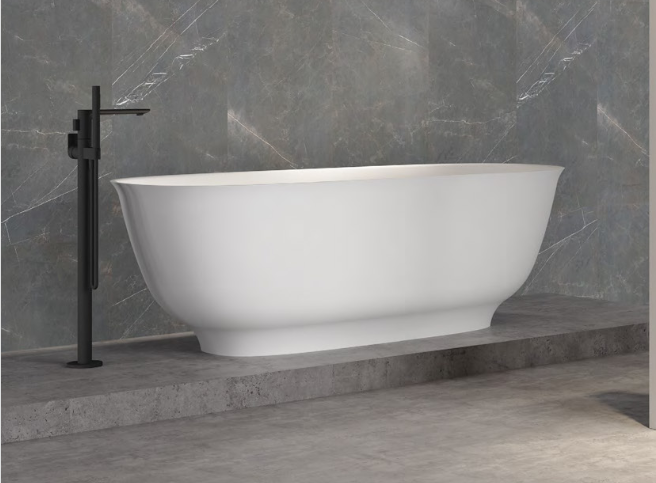Acrylic vs Solid Surface Bathtubs: Which One is Right for Your Bathroom Renovation?
When choosing the perfect bathtub for your bathroom renovation, it’s essential to understand the differences between acrylic and solid surface bathtubs. Both materials offer distinct advantages and are suitable for various preferences. This comprehensive guide compares these two popular bathtub materials to help you make an informed decision.
What are Acrylic and Solid Surface Bathtubs?
Acrylic Bathtubs
Acrylic bathtubs are made from molded plastic sheets that are reinforced with fiberglass for additional strength. Lightweight and affordable, acrylic is a popular choice for those looking for a budget-friendly solution that’s quick and easy to install.
Solid Surface Bathtubs
Solid surface bathtubs, also known as stone resin bathtubs, are made from a blend of natural minerals and resins. These tubs resemble natural stone but offer enhanced durability, flexibility, and a premium aesthetic. Solid surface bathtubs are available in seamless designs that enhance both modern and traditional bathroom styles.
Key Differences Between Acrylic and Solid Surface Bathtubs
1. Appearance and Aesthetic
Acrylic Bathtubs: Acrylic tubs feature a smooth, shiny finish but can appear more synthetic compared to natural materials. While available in various colors and shapes, they may lack the depth of more luxurious materials.
Solid Surface Bathtubs: These tubs offer a refined, premium aesthetic. With matte or satin finishes and a natural stone-like appearance, solid surface bathtubs elevate the visual appeal of any bathroom.
2. Durability
Acrylic Bathtubs: Acrylic is lightweight and resistant to cracks but more prone to scratches and dents. Over time, its glossy appearance can fade or develop discoloration.
Solid Surface Bathtubs: Known for exceptional durability, solid surface bathtubs resist scratches, cracks, and stains. Any minor damage can usually be repaired easily, maintaining the bathtub’s pristine appearance.




